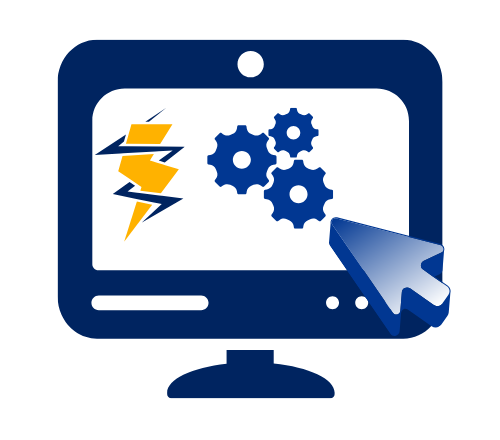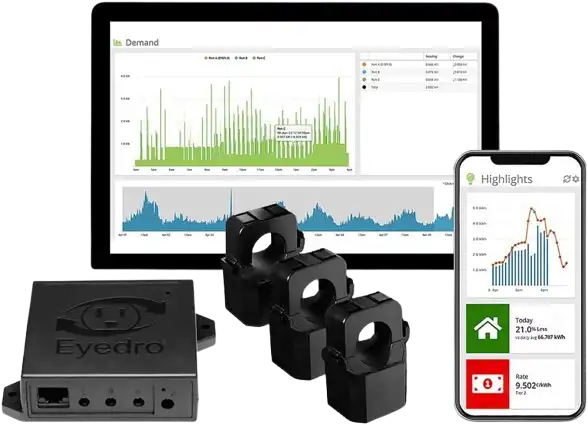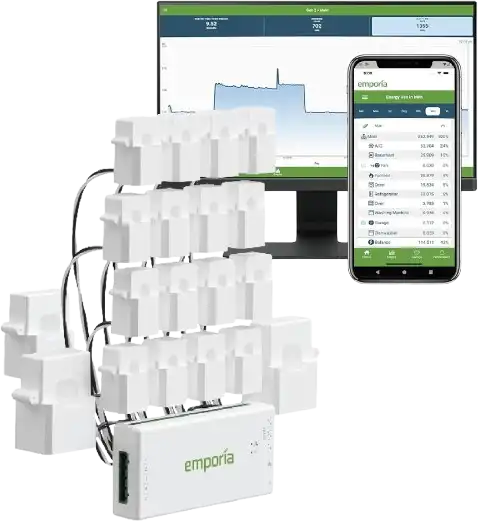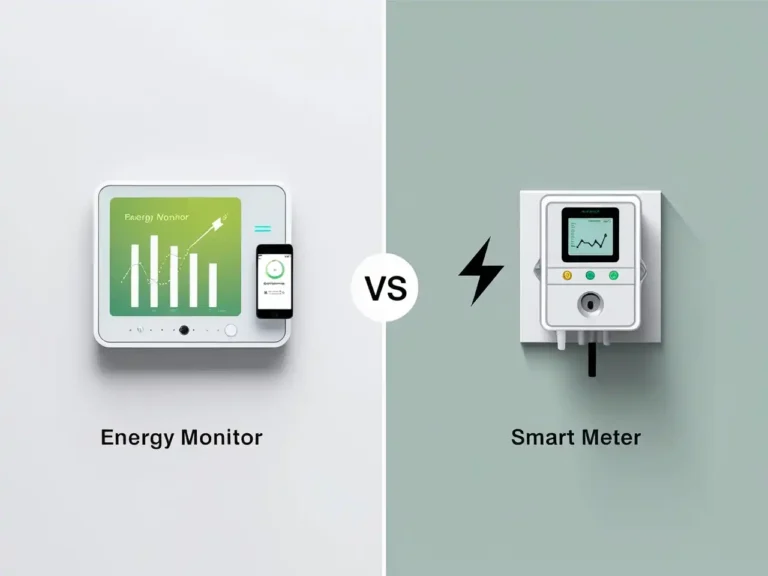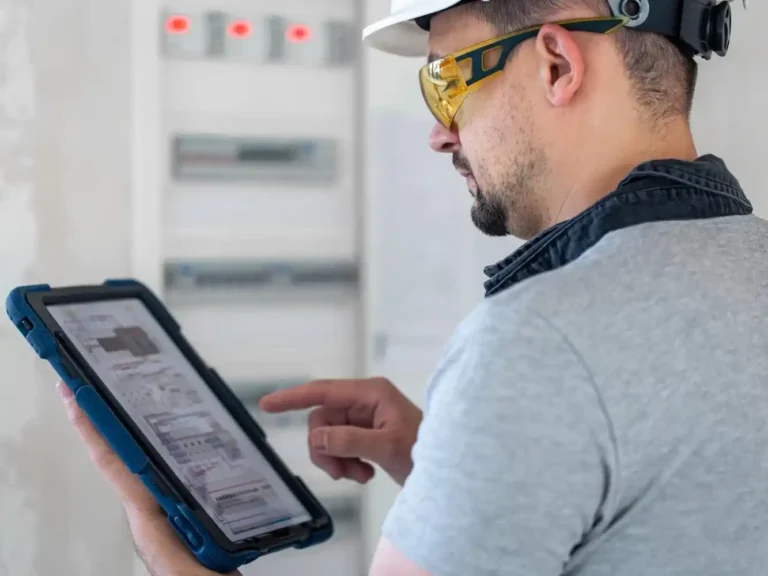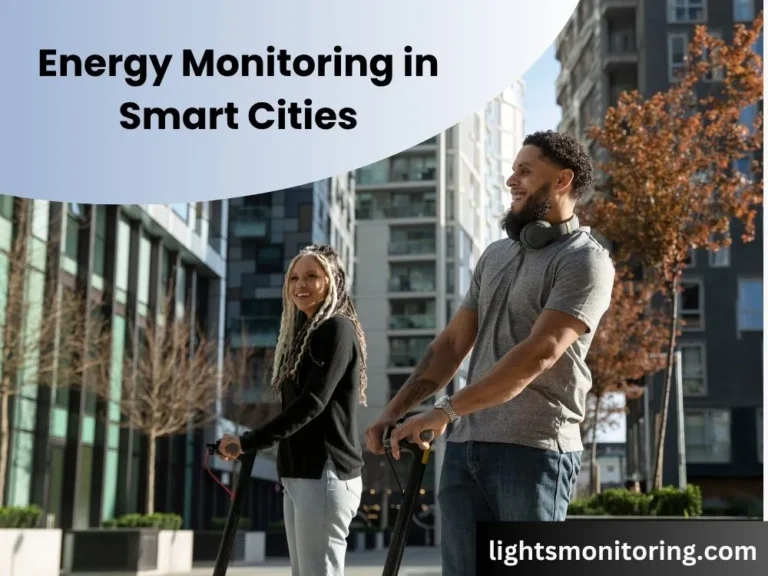Best Industrial Energy Monitoring Systems for Cost Reduction
In today’s industrial landscape, energy costs are soaring, placing a significant burden on operational budgets. Efficient energy management has become not just a cost-saving measure but a strategic imperative.
Industrial Energy Monitoring Systems (IEMS) offer a solution by providing real-time insights into energy consumption, enabling businesses to optimize usage, reduce costs, and enhance overall efficiency.
what is industrial energy monitoring system ?
An industrial energy monitoring system is a tool that helps factories and large facilities track how much energy they use—like electricity, gas, or water—in real time. By collecting and analyzing this data, businesses can identify areas where energy is wasted and take steps to improve efficiency, reduce costs, and support sustainability goals.
These systems typically consist of sensors installed on equipment, data collection devices, and software that displays energy usage patterns. With this setup, companies can make informed decisions to optimize their operations and minimize energy-related expenses.
For example, if a machine is using more energy than usual, the system can alert managers to investigate and address the issue promptly. This proactive approach not only saves money but also extends the lifespan of equipment and contributes to environmental conservation.
Want to know how these systems actually function behind the scenes? We’ve covered the full mechanism in our guide to understanding energy monitoring systems.
Why energy monitoring matters for industries and factories ?
Monitoring energy consumption is crucial for industries due to several compelling reasons:
1. Cost Reduction
By implementing energy monitoring systems, businesses can identify areas of excessive energy use and implement strategies to reduce consumption, leading to substantial cost savings.
2. Enhanced Operational Efficiency
Real-time energy monitoring provides insights into equipment performance and energy usage patterns. This data enables industries to optimize processes, schedule maintenance proactively, and prevent equipment failures, thereby improving overall operational efficiency. Some smart plugs can help track appliance-level consumption.
4. Improved Decision-Making
Access to detailed energy consumption data empowers management to make informed decisions regarding energy procurement, process improvements, and investment in energy-efficient technologies. This strategic approach can lead to long-term benefits and competitive advantages. Choosing the right monitor for your facility makes a big difference.
5. Risk Mitigation
Monitoring energy usage helps in early detection of unexpected spikes in consumption, which could indicate equipment malfunctions or inefficiencies. Addressing these issues promptly reduces the risk of costly downtime and extends the lifespan of machinery.

Key Benefits of Industrial Energy Monitoring Systems
1. Significant Cost Savings
Implementing an IEMS can lead to substantial financial benefits. For instance, a case study by Best.Energy highlighted a company achieving up to 36% energy savings, translating to an annual cost reduction of $84,000 .gminsights.combest.energy
2. Enhanced Operational Efficiency
Beyond cost savings, IEMS contribute to improved operational performance. By identifying energy waste and optimizing equipment usage, businesses can enhance equipment performance and reduce operational risks .
3. Improved Regulatory Compliance and Sustainability
Energy monitoring aids in meeting regulatory standards and achieving sustainability goals. It plays a crucial role in reporting and verifying energy savings for certifications, ensuring businesses stay compliant and environmentally responsible .
Top Energy Monitoring systems for industries and businesses
If you run a business or industry, saving electricity means saving money. The best way to do that is by using an energy monitor. These devices show you how much electricity you use—and if you have solar panels, they help track how much power you’re getting from the solar panels.
Looking for more smart home or office energy tools? Here’s a list of the top whole-house energy monitors.
In this blog, I’ll share my honest thoughts after testing three popular energy monitors. All of them are available on Amazon and work well with solar setups.
Eyedro Business 3-Phase Energy Monitor
1. Eyedro Business 3-Phase Energy & Solar Monitor (E5B-EW-E3)
What It Does
Eyedro is made for bigger setups like factories or offices. It gives real-time data, so you always know how much electricity you’re using. It works great with solar and shows both the power you use and the power you send back to the grid.
Key Features
Tracks 3-phase electricity (used in big buildings)
Shows usage and solar energy data live
No monthly fees
Alerts and reports included
Connects with Wi-Fi or Ethernet
Solar Friendly?
Yes — It supports solar systems and shows both usage and extra power sent back (net metering).
Pros
Great for big businesses
No hidden costs
Clear reports and charts
Strong tech support
Cons
A bit expensive
Might be too advanced for small businesses
Best For
Large businesses or factories with solar setups.
Schneider Electric - Square D Wiser Energy Monitor
Schneider Electric - Square D Wiser Energy Monitor
overview
This one is made more for homes or small offices. It’s easy to install and comes with an app that shows your electricity use in real time. You can even connect it to Alexa or Google Home.
Key Features
Tracks energy use live
Connects with Wi-Fi
Works with smart home systems
Sends alerts
Add-on needed for solar tracking
Solar Friendly?
Yes, but you need to buy an extra part for full solar tracking.
Pros
Easy to use
Works with smart devices
Good for small businesses or homes
Alerts for high usage
Cons
Not ideal for big buildings
Solar tracking needs an extra add-on
Best For
Homes and small businesses that want simple energy tracking.
Emporia Vue 3 Smart Energy Monitor
3. Emporia Vue 3 Commercial 3-Phase Smart Energy Monitor
overview
Emporia Vue 3 works for both small and large setups. It shows your electricity use in real-time using a phone app. It also works great with solar and lets you track many circuits at once.
Key Features
Works with single and 3-phase systems
Real-time tracking with app
Can monitor many circuits
Solar-ready with net metering
Works only with Wi-Fi
Solar Friendly?
Yes — You can track solar power and see what you’re sending back to the grid.
Pros
Budget-friendly
Easy-to-use app
Works for growing businesses
Tracks solar and more
Cons
Needs Wi-Fi (no Ethernet)
May need extra sensors for full setup
Best For
Any business that wants a flexible and affordable monitor.
Quick Comparison
|
Product
|
Works with Solar
|
Best for
|
Monthly Fees
|
|---|---|---|---|
|
✅ Yes
|
Large businesses
|
❌ No
|
|
|
✅ With Add-on
|
Homes/Small offices
|
❌ No
|
|
|
✅ Yes
|
Any size business
|
❌ No
|
Implementation Strategies for Industrial Energy Monitoring
A. Assessing Energy Consumption Patterns
Conducting energy audits is the first step towards understanding current consumption. Identifying high-energy-consuming processes allows for targeted improvements .
B. Selecting the Right Monitoring System
Choosing a suitable energy monitoring device depends on specific industry needs. Consider factors like scalability, compatibility, and user-friendliness.
C. Training and Engaging Staff
Training employees to interpret data and implement energy-saving measures is vital. Staff engagement plays a significant role in achieving energy efficiency goals .
Conclusion
Industrial Energy Monitoring Systems are a strategic investment for businesses aiming to reduce costs, enhance operational efficiency, and meet sustainability goals. By providing real-time insights into energy consumption, these systems empower businesses to make informed decisions and drive continuous improvement.
Take the First Step: Explore and invest in a suitable energy monitoring to unlock significant savings and operational benefits.
FAQs
It’s a system that tracks and analyzes energy consumption in industrial settings to identify inefficiencies and optimize usage.
By providing real-time data, it helps in identifying energy waste, allowing for corrective actions that reduce energy bills .
Yes, many companies experience a quick ROI, with some achieving payback within weeks due to significant energy savings.
Modern energy monitoring solutions are user-friendly and can be integrated with existing systems with minimal disruption.
